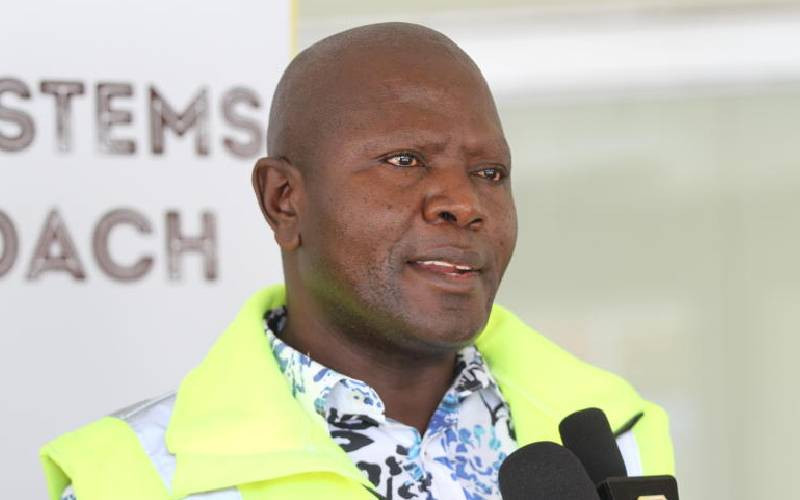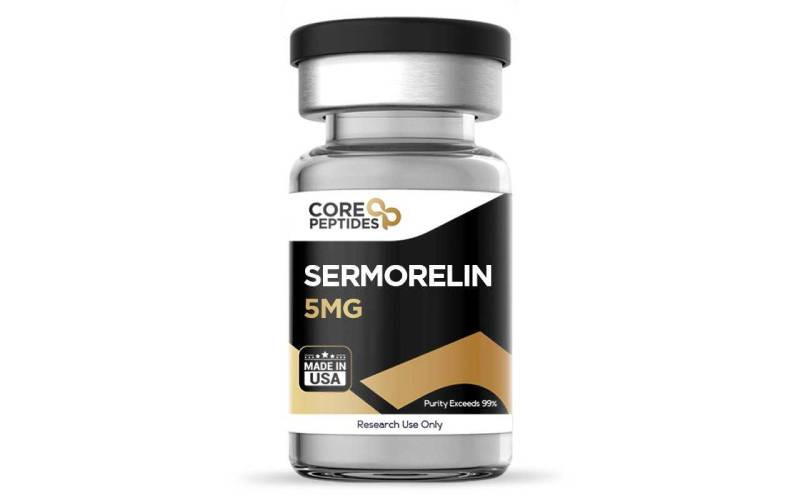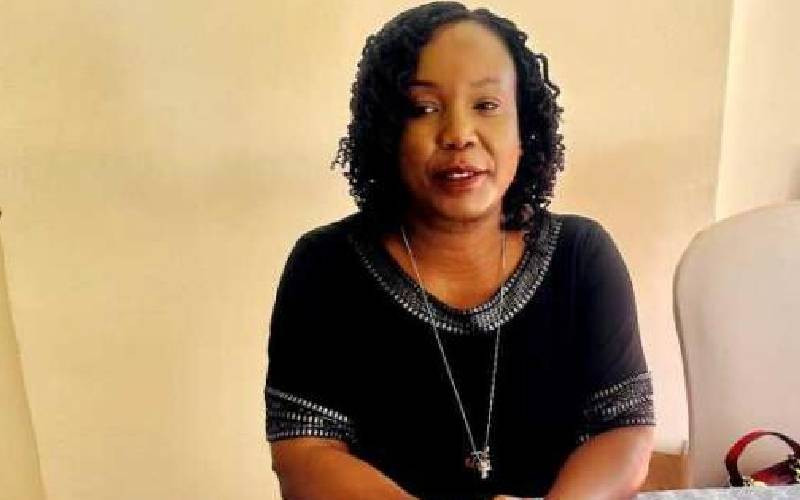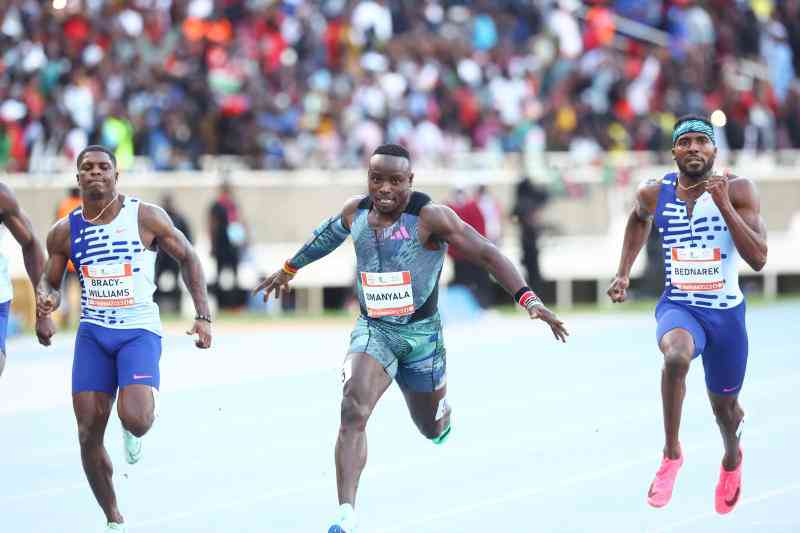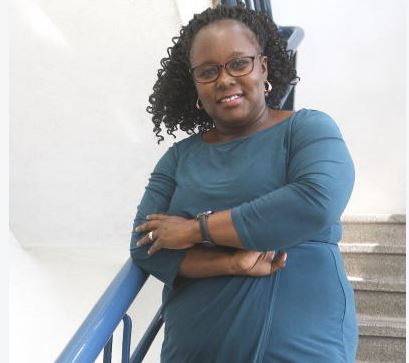
Agnes Khamisi knew something was amiss when her left leg started swelling up. Even after the pain intensified, doctors gave her a clean bill of health until the worst happened.
My left leg started swelling around the calf area in November 2014. It was painful when I walked and the pain would intensify when I went to bed. The leg felt was warm to the touch. I took painkillers and massaged the leg using coconut oil. But this didn’t help and as the days went by, it became difficult for me to walk.
Being a nurse and medical trainer, these signs got me worried and I started thinking of possible causes of the pain. I ruled out fatigue and kidney complications because the swelling and pain was only on one leg. Then it hit me I could be having a clot. However, I needed a doctor to confirm my worries.
I went to a Nairobi hospital where a doctor told me there was nothing to worry about. That the swelling and pain was a result of wearing high heeled shoes. This puzzled me because I don’t wear high heels. Again, why just one leg and not both? After I insisted on getting proper tests, the medics ran an ultrasound on my left leg and said there was nothing in it. I would have insisted that he runs the tests on both legs but tired of arguing, I went home and continued taking painkillers to manage the pain.
A month later, the pain intensified. I had also developed severe pain in my chest. I drove myself to a hospital in the neighborhood where a chest x-ray, an electrocardiogram and an array of other physical examinations revealed that I was developing pneumonia. I wasn’t convinced with the doctor’s conclusion because I was certain that I didn’t have symptoms of pneumonia. I was given antibiotics and I was able to sleep well for the first time in days. With my leg still swollen and painful, I resumed my daily hospital visits and numerous work-related flights.
One day while at work in South Africa, I felt cold. A severe kind of cold that you feel to your bones. I felt lightheaded and highly fatigued and for a moment, I lost concentration. These attacks happened a number of times thereafter. Another day as I was on a hospital visit, I ran out of breath and couldn’t go up a flight of stairs. I was sweating profusely. Then I passed out inside a ward. I was rushed to Aga Khan Hospital where tests revealed that I had a very low amount of oxygen in my blood. This was caused by a clot in my veins. They said that the clots had prevented flow of blood to my lungs, a condition they referred to as thrombosis. One lung allowed only 10 per cent blood flow while the other lung was completely obstructed. This explained my fatigue, pain,
swelling and shortness of breath. Doctors said traveling a lot and sitting in the same spot for hours daily could have caused my condition. Later, they said it was a miracle I was alive. I was bitter that the doctors had refused to pick the thrombosis early enough.
I was quickly put on a drug to break down the clots in my veins. The drug could have devastating effects and requires one to sign a consent form before it is administered. Since it is designed to break down clots, it can also break down any other clots on wounds in your body, even the brain causing bleed outs. This can cause death. I was also given blood thinner jabs to make my blood flow easily. I stayed in ICU for six days. Doctors conducted echo in my heart chambers every day to monitor my blood flow and my blood pressure. I was glad that my health insurance covered the Sh700, 000 the hospital charged.
I was on oral medication for another two years to prevent further clots. After treatment, there is always a 50 per cent chance the clots may form again. This has been my greatest fear. I wouldn’t want to go through a similar experience. My worst experience was losing memory. It was the most difficult thing my family had to deal with and it almost cost me my job.
Today, I have adjusted my lifestyle to prevent clots from developing in my veins. While travelling, I keep moving around and while seated in my chair, I try to move my limbs. I ensure that I am well-hydrated throughout the day to prevent my blood from getting too thick. I also put on high compression stockings to prevent blood from accumulating in my legs. I never used to walk but nowadays I walk 5 kilometres on some weekdays and do 10 kilometres every Saturday to stay fit. I also go for tests twice every year to have my blood flow monitored.
What are compression stockings?
These are specialised footwear that are crafted to help prevent or reduce progression of venous disorders like thrombosis or varicose veins. Locally, they cost between Sh 500 to Sh 1000 depending on the level of compression needed.
What is thrombosis and how dangerous is it?
Source: Dr Hardeep Gill, Vascular Surgeon and member of Kenya Society of Thrombosis and Haemostasis
Stay informed. Subscribe to our newsletter
Blood in our arteries and veins is in a fluid state. When it clots, the resultant state is called thrombosis. Clots can form in the arteries or in the veins.
DVT stands for deep vein thrombosis, a blood clot in one of your body’s deep veins, usually within a muscle of your leg. The biggest danger is that part of the clot could break off and travel to your lungs. It could cause a blockage known as a pulmonary embolism, or PE.
With Acute Arterial Thrombosis, the blood clot in the artery affected blocks the circulation to a particular organ or limb. That leads to strokes, heart attacks and gangrene of the limbs. Failure to correct this urgently would lead to loss of limb or life.
Risk factors for thrombosis include:
· Immobility, including prolonged bed rest due to illness or injury and long travel in a car or airplane
· Pregnancy
· Birth control pills or hormone therapy
· Smoking
· Cancer
· Surgery that damages the veins in an arm or leg
· Family history or genetic predisposition to forming blood clots
· Obesity
Classic symptoms include:
· Pain
· Swelling
· Warmth
· Redness
· Leg cramps, often starting in the calf
· Leg pain that worsens when bending the foot
· Bluish or whitish skin discoloration
For Arterial Thrombus there is a sudden onset of pain and coolness in the limbs, chest pain radiating to the left arm, weakness of one side of the body with slurring of the speech/ visual disturbances.
Treatment
· The treatment for deep venous thrombosis is anti coagulation or “thinning the blood” with medications to prevent further growth of the blood clot.
· Endovascular treatments are also available that allow the doctor to extract/ break down the clot in the arteries or the veins using special equipment.
· An umbrella (IVC FILTER) can also be positioned in a big vein called the IVC to prevent large fragments of blood clots in the leg from breaking and travelling to the lungs leading to sudden death.
Myths
· Thrombosis is not a curse
· Thrombosis is not caused by diet or cholesterol
· Blood thinning tablets/injections do not dissolve a clot. They just prevent the clot from extending higher. Blood clots are dissolved by your body’s own innate mechanisms.
Thrombosis is dangerous and is life-threatening. Go to the nearest health facility urgently to get a Doppler scan of your limbs if you have a sudden onset of leg or arm swelling. Delay in initiating therapy only worsens the outcome.
 The Standard Group Plc is a
multi-media organization with investments in media platforms spanning newspaper
print operations, television, radio broadcasting, digital and online services. The
Standard Group is recognized as a leading multi-media house in Kenya with a key
influence in matters of national and international interest.
The Standard Group Plc is a
multi-media organization with investments in media platforms spanning newspaper
print operations, television, radio broadcasting, digital and online services. The
Standard Group is recognized as a leading multi-media house in Kenya with a key
influence in matters of national and international interest.
 The Standard Group Plc is a
multi-media organization with investments in media platforms spanning newspaper
print operations, television, radio broadcasting, digital and online services. The
Standard Group is recognized as a leading multi-media house in Kenya with a key
influence in matters of national and international interest.
The Standard Group Plc is a
multi-media organization with investments in media platforms spanning newspaper
print operations, television, radio broadcasting, digital and online services. The
Standard Group is recognized as a leading multi-media house in Kenya with a key
influence in matters of national and international interest.



